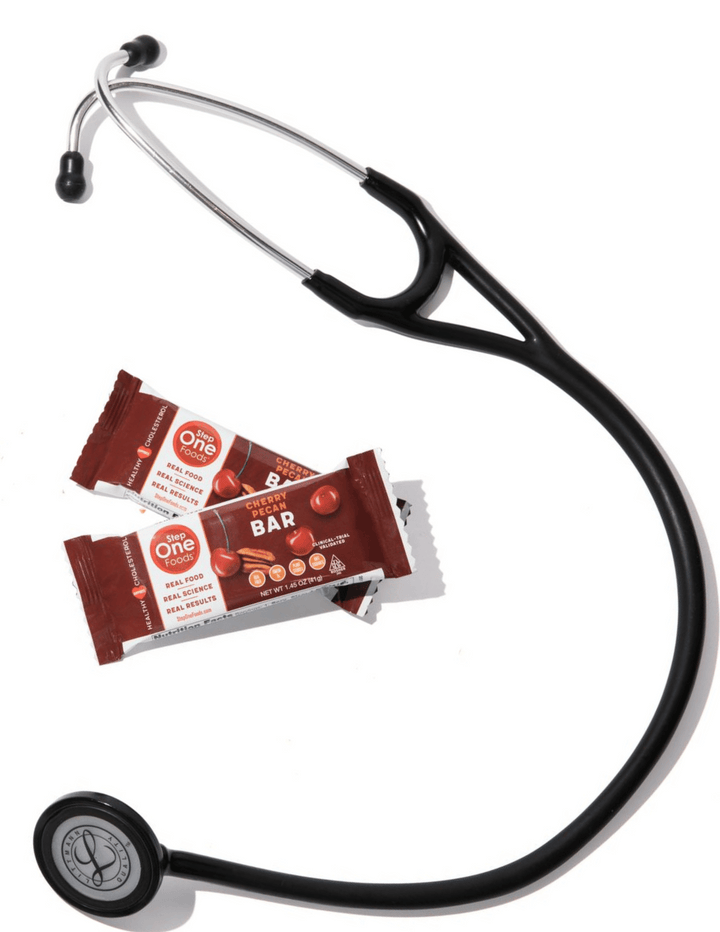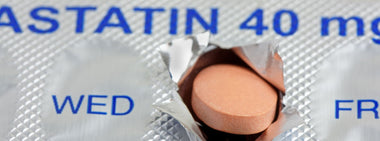Lipoprotein A: What is it and why you should be tested for it

Not all cholesterol risk is explained by LDL (bad) cholesterol levels. It turns out there’s another factor that impacts the significance of any LDL number obtained. That factor is Lipoprotein A also known as Lp(a).
Bob Harper, the celebrity trainer on America’s Biggest Loser, learned about this risk factor the hard way. The lean, athletic Mr. Harper, suffered a massive heart attack while working out. He had always had normal cholesterol levels and is only 52 years old. Until he had his heart attack, he had no idea his Lipoprotein A was elevated. The one clue? Bob has a strong family history of heart disease.
You can think of lipoprotein A, or Lp(a) for short, as an extra protein that can attach itself to LDL particles and make them much more toxic – and much more likely to accumulate in arteries. Lp(a) is not related to LDL levels at all, so unless you check for it with a blood test, you don’t know if it’s an additional risk factor for you.
About 20% of the population has Lp(a) levels that are too high. These people often have a family history of heart disease with several family members experiencing early or recurrent cardiovascular events. That’s because elevated Lp(a) levels triple heart disease risk. You read that right. Triple.
Normal Lp(a) levels fall below 30 mg/dL. Risk goes up with Lp(a) levels above 80 and rises sharply with levels above 150.
Lp(a) is genetically driven and is frustratingly hard to lower. Niacin and PCSK9 inhibitors (like Praluent® and Repatha®) have yielded modest reductions. However, niacin in the high doses required to affect Lp(a), can have many side effects and PCSK9s are exceedingly expensive, so the chance that this becomes a routine therapy in the near future is low.
The way we currently “treat” abnormal Lp(a) levels is to aggressively lower LDL. Because if you don’t have much LDL around, there’s not a lot of it that can become toxic. There are no specific guidelines on how aggressive to be with LDL lowering in someone with elevated Lp(a), but my approach is to move patients down by one category in terms of LDL goal.
In people without any risk factors for heart disease, most cardiologists would agree that keeping LDL below 130 is reasonable. Once you have one or more traditional risk factors for heart disease (like smoking, high blood pressure, low HDL, etc.), aiming for an LDL below 100 is better. If you have known heart or vascular disease (you’ve had a heart attack, a stent, bypass surgery, a stroke, etc.) or you’re diabetic, aiming for an LDL below 70 is ideal.
When you add abnormal Lp(a) into the mix, a reasonable strategy is to aim for an LDL below 100 for people without any other risks, below 70 for those with traditional risk factors, and closer to 50 for those with diabetes and/or cardiovascular disease.
|
Scenario |
LDL goal with normal Lp(a) |
LDL goal with elevated Lp(a) |
|
No risk factors |
<130 mg/dL |
<100 mg/dL |
|
Some risk factors |
<100 mg/dL |
<70 mg/dL |
|
Known heart or vascular disease or diabetes |
<70 mg/dL |
<50 mg/dL |
Because patients with elevated Lp(a) need to attain lower cholesterol levels, they are typically placed on higher statin doses – making them more prone to developing medication side effects. Which is why affected individuals should do everything they can to improve diet and lifestyle – not only to help lower their LDL naturally and reduce the need for high dose medications but to also leverage all the other risk reduction that goes along with eating better overall.
Step One Foods to the rescue!
If you have a family history of heart disease – especially in younger or in multiple relatives - you should absolutely be checked for this risk factor. If you are someone who has elevated Lp(a), you should notify your first-degree relatives, because they should all be checked for this risk factor as well.
A great patient resource for more information and latest research news about Lp(a) is the Lipoprotein A Foundation website.

Tested & Proven Results.
- Cardiologist formulated
- Supported by over 500 publications
- Clinically-proven, in a double-blind randomized trial with Mayo Clinic and The University of Manitoba
80% of participants lowered their cholesterol in just 30 days. With just two servings per day, Step One Foods offers a proven-effective way to naturally lower LDL (bad) cholesterol.
Get heart health tips and articles like this, delivered right to your email.
New articles every week.
You may also like...

The Next Super Food: How Pecans Help Lower Cholesterol

You don’t need to avoid foods with cholesterol…except for these



